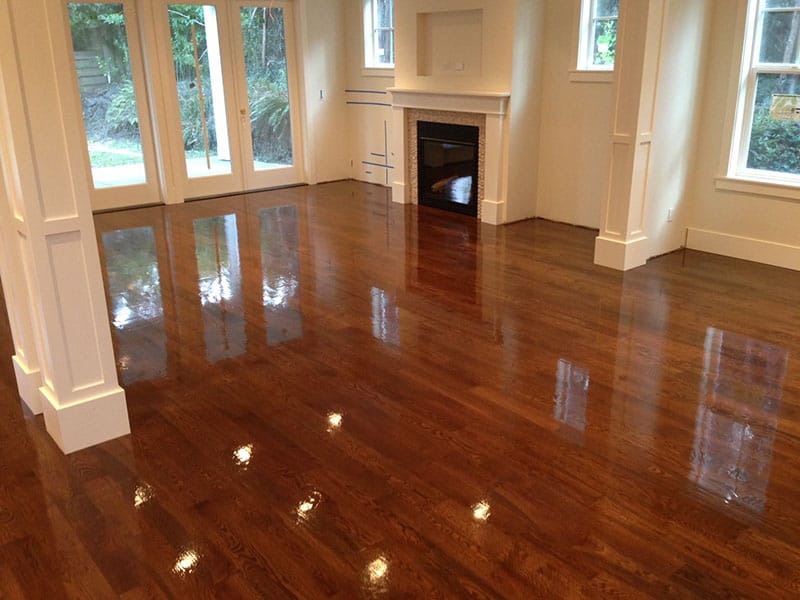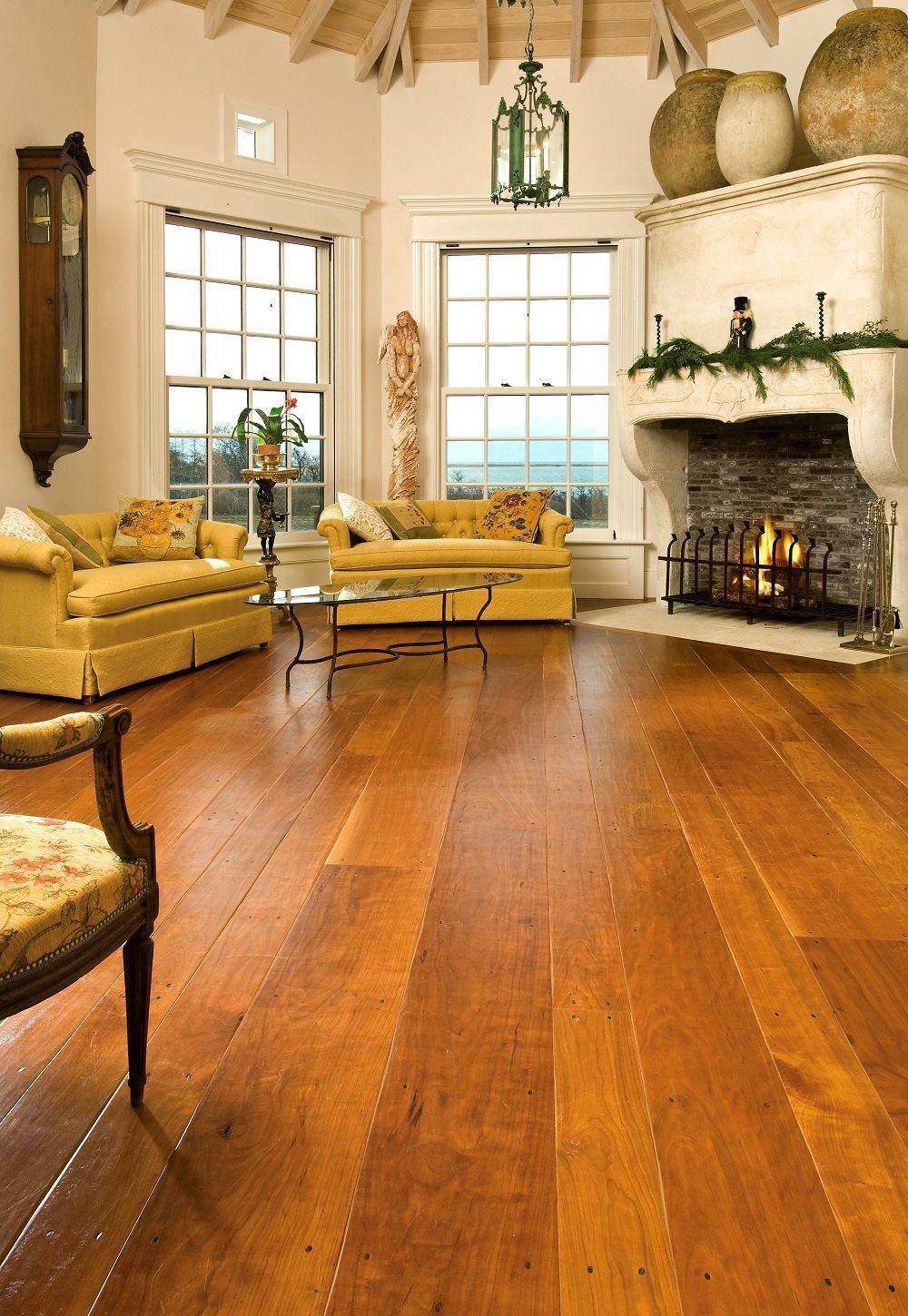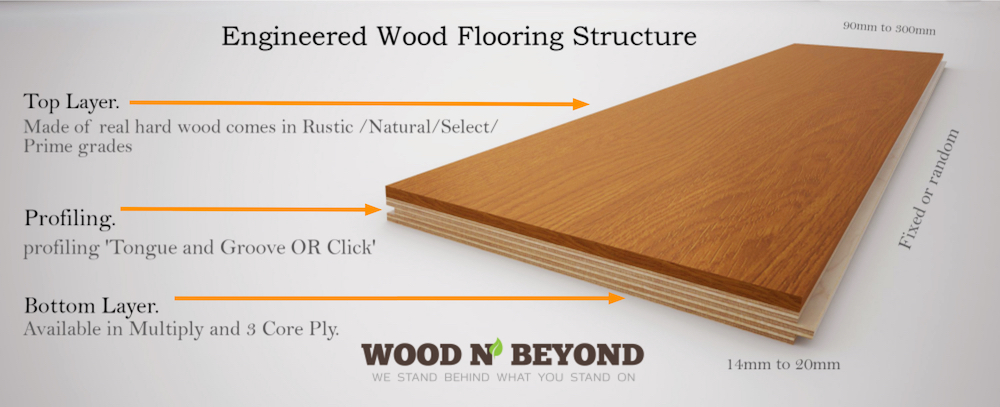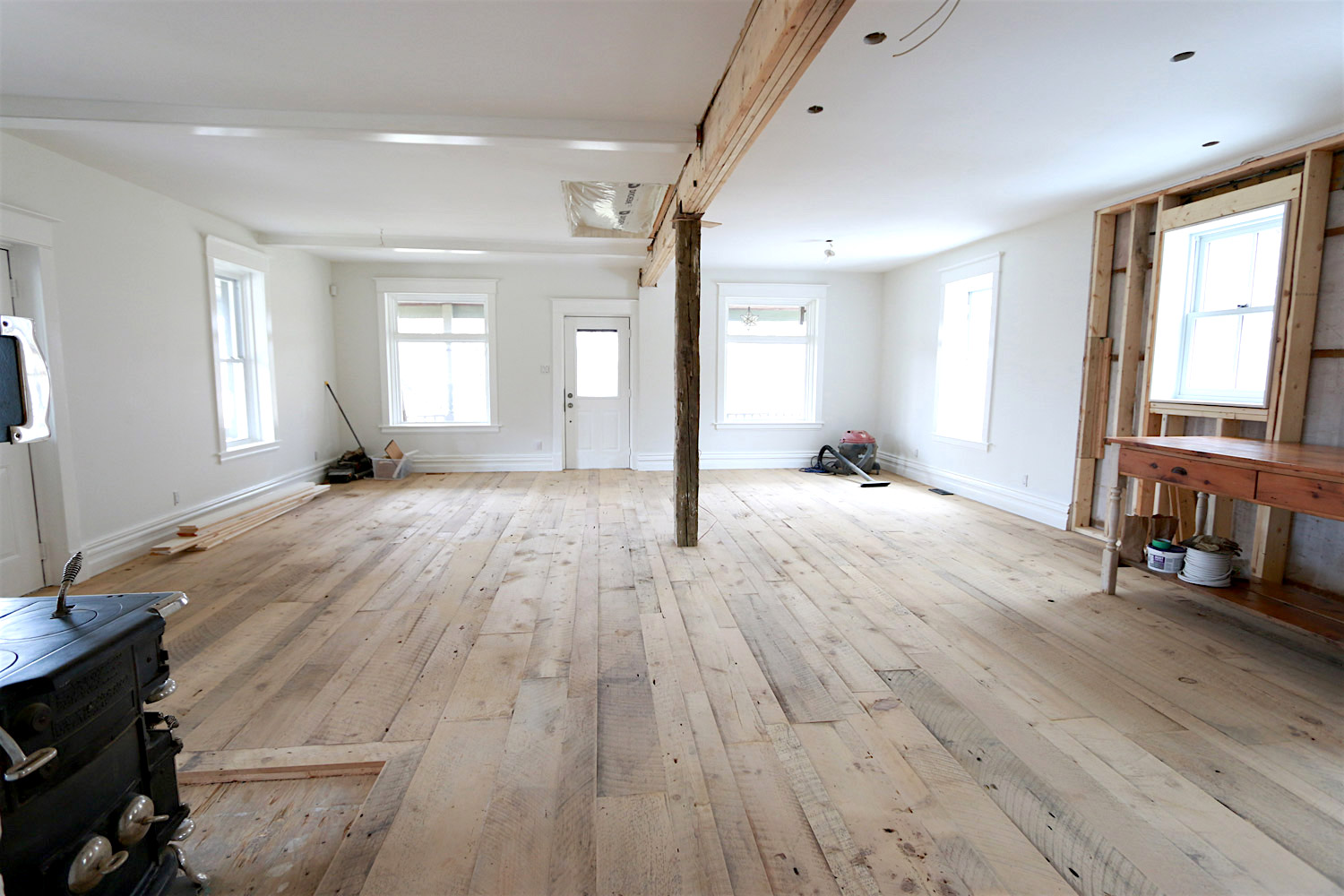Engineered wood flooring can be a stylish and practical choice for kitchens, offering the warmth and beauty of real wood with added durability. Its layered construction, featuring a real wood veneer atop a plywood base, provides greater stability compared to solid hardwood. This makes it more resistant to humidity and temperature fluctuations, which are common in kitchens. However, proper installation and maintenance are crucial to ensure the flooring withstands spills, moisture, and heavy foot traffic. Choosing a high-quality product with a thick wear layer enhances longevity.

One of the main advantages of engineered wood flooring in kitchens is its aesthetic appeal. It brings a natural, timeless look that complements various design styles, from modern to traditional. The wide range of finishes, colors, and wood species allows homeowners to customize their kitchen’s appearance. Additionally, engineered wood can be refinished a few times, depending on the veneer thickness, allowing you to refresh the look over time. This versatility makes it a popular choice for those seeking both beauty and functionality.

Moisture resistance is a critical factor when using engineered wood in kitchens. While it performs better than solid hardwood in humid environments, it is not entirely waterproof. Spills should be wiped up immediately to prevent water from seeping into the seams and causing damage. Using area rugs or mats near sinks and dishwashers can provide extra protection. Applying a high-quality sealant during installation can further enhance moisture resistance, making the flooring more suitable for kitchen use.

Proper installation is key to maximizing the performance of engineered wood flooring in kitchens. Floating floor installations, where planks are clicked together without adhesive, allow for slight movement and expansion. Glue-down or nail-down methods provide a more secure fit but require professional expertise. Ensuring the subfloor is clean, dry, and level is essential to prevent warping or buckling. Acclimating the flooring to the kitchen’s humidity levels before installation helps minimize future issues.

Engineered wood flooring can be a viable option for kitchens when chosen and maintained carefully. Its combination of aesthetic appeal, durability, and moisture resistance makes it a practical alternative to traditional hardwood. By selecting a high-quality product, ensuring proper installation, and practicing regular maintenance, homeowners can enjoy the beauty of wood flooring in their kitchens without compromising functionality. This balance of style and practicality makes engineered wood a compelling choice for modern kitchens.
Budget-Friendly Alternatives To Hardwood Flooring

Kitchen reveal: Enter to win the most ahhhmazing faucet in the history of ever

Pin on Recent Work Facebook Page

Related Posts: